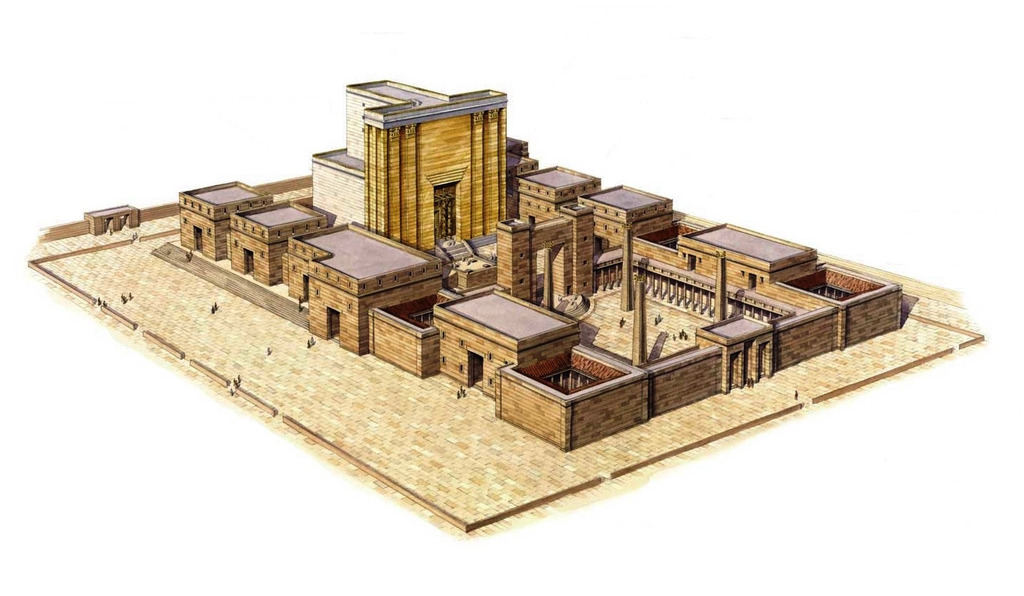Herod's Temple, also known as the Second Temple, stands as a monumental structure in the history of ancient Jerusalem. Built during the reign of King Herod the Great, this architectural marvel held immense religious and historical significance. Here, we present a quick overview of key facts about Herod's Temple, shedding light on its construction, significance, and eventual fate.
- Architectural Marvel: Herod's Temple was a massive undertaking, known for its grandeur and scale. It was a reconstruction and expansion of the earlier Second Temple, which had been partially destroyed.
- Herod's Ambitious Project: King Herod, known for his ambitious building projects, initiated the reconstruction around 19–20 BCE. The construction aimed to create a structure that would surpass the glory of Solomon's Temple.
- Expanded Temple Mount: Herod's renovation not only focused on the temple but also expanded the entire Temple Mount platform, creating a larger and more magnificent complex.
- Herod's Temple Dimensions: The main temple building, known as the Holy of Holies, measured about 30 feet by 30 feet. The entire complex covered a vast area, with numerous courtyards and structures.
- Use of Expensive Materials: Herod spared no expense in adorning the temple with lavish materials. The use of gold, marble, and other precious elements contributed to its opulence.
- Western Wall as a Remnant: The Western Wall, also called the Wailing Wall, is a remnant of Herod's Temple and remains a significant site for Jewish worship and pilgrimage.
- Destruction and Reconstruction: Despite its grandeur, Herod's Temple faced destruction. The Romans destroyed it in 70 CE during the Siege of Jerusalem. Today, discussions about rebuilding the Third Temple persist among some Jewish groups.
- Spiritual and Cultural Center: Herod's Temple served as the central place of worship for the Jewish people and played a vital role in their religious and cultural life.
- Historical and Religious Significance: The temple is intrinsically linked to key events in biblical history, including Jesus's visits, teachings, and the events leading to his crucifixion.
- Ongoing Archaeological Discoveries: Archaeological excavations around the Temple Mount continue to unveil new insights into the structure and its surroundings, contributing to a deeper understanding of the ancient complex.
Herod's Temple stands as a testament to architectural brilliance, cultural significance, and religious importance in the ancient world.
Its impact extends beyond the physical structure, influencing the religious and historical landscape of Jerusalem and the broader Judeo-Christian heritage.




